Tyrannosaurs 2024: New Discoveries
24.01.2024 04:49
7195 views
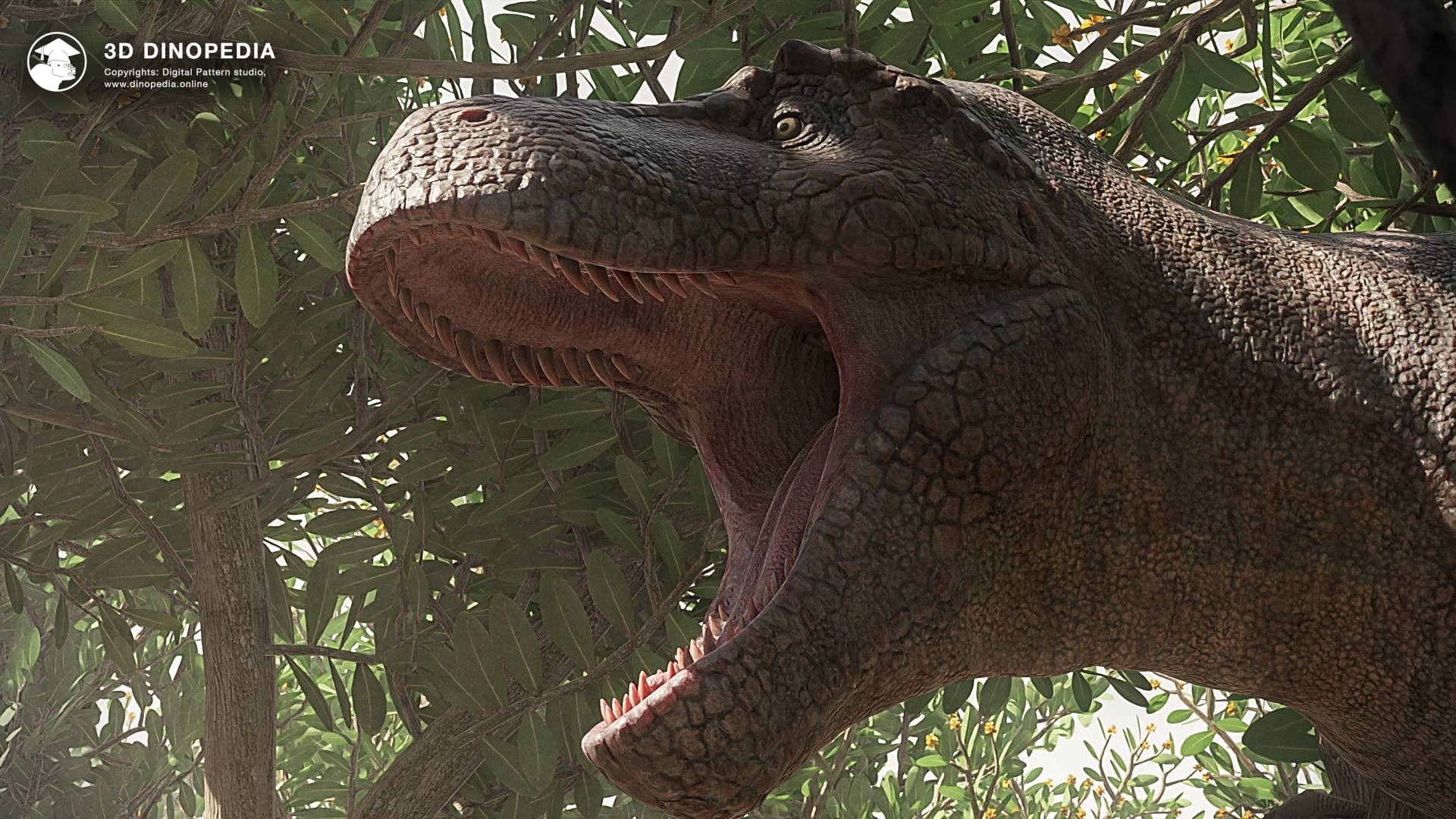
The very beginning of 2024 brought joy to all paleontology enthusiasts. In just the month of January this year, the world learned about two new dinosaurs, and not just any, but members of the most famous family - the tyrannosaurids! Moreover, the paleontologists' discoveries directly concerned the tyrannosaur itself, as well as its very close relative, perhaps its younger brother. Let's try to understand the essence of the scientific research and what new things we now know about tyrannosaurs.
Let's start with the mysterious "younger brother." This could be the name of one of the closest relatives of the Tyrannosaurus rex species, known as Nanotyrannus lancensis. The word "nano" in the name of the lizard refers to its very small size compared to the famous "older brother." At the same time, in terms of kinship, they can indeed be considered brothers, as their structures are very similar, meaning their evolutionary paths diverged not too far apart. They are so similar that for a long time they were considered one species!
The story, now known as Nanotyrannus, began in 1942. It was then that Dr. David H. Dunkle discovered the first skull of a mysterious dinosaur in Montana, USA. The skull was well-preserved, elongated, toothy, and of medium (for dinosaurs) size - about 60 centimeters long. The fossil was found in rocks known as the Lance Formation, which later led to the dinosaur's species name “lancensis.” By the way, if the surname "Dunkle" sounds familiar, it's not a coincidence, as the famous Dunkleosteus was named after this scientist. But let's return to the enigmatic tyrannosaurid. So, the skull was noticeably different in both size and shape from the tyrannosaur, and it was given a new species name. But the question remained - to which genus should this animal be assigned? It was decided that it was closest to the American Gorgosaurus, known from older rocks. Thus, in 1946 Gorgosaurus lancensis appeared in science. However, the uniqueness of this lizard's structure, its small size, and the same age as the tyrannosaur did not give scientists peace. Therefore, this species was repeatedly revisited, re-examined, and new conclusions were drawn. So, in 1970, it suddenly turned into Albertosaurus lancensis. And in 1988, it finally became Nanotyrannus lancensis. It seemed that the matter was settled, but the history of this predator turned out to be even more complicated.
Almost until the beginning of the new millennium, Nanotyrannus didn't particularly interest anyone. But in 1999, paleontologist Thomas Carr revisited the study of that very skull. Conducting a detailed examination of the specimen, he gathered data about the not so significant differences of Nanotyrannus from the tyrannosaur. Specifically, the differences were there - the length of Nanotyrannus was estimated at only 5 meters, its "face" was more elongated, the crests on the head were slightly different. But these differences were easily explained - Nanotyrannus was just a teenage tyrannosaur! And then real scientific battles began. Every few years, scientists returned to "Nanotyrannus," sometimes calling it a separate species and genus, and then again "transforming" it into a young rex. The debates became even more heated after the discovery of new similar specimens. Especially exciting was the 2001 discovery - almost a complete skeleton of such a lizard, nicknamed "Jane." It allowed for a thorough study of this Nanotyrannus or young tyrannosaur. Another well-preserved specimen, nicknamed "Petey," was later found. In favor of Nanotyrannus being a separate genus of dinosaurs spoke the very rigid skull, consisting of fully fused bones. After all, in young dinosaurs, the boundaries between individual skull bones are very clearly visible - but not in adults. Jane's hind legs were also slightly different, suggesting she ran much better than the adult T-Rex. The shape of the skull was different, and the development of protrusions above the eyes, a kind of "bony eyebrows," was weak. These mysterious lizards had more teeth than rex. Finally, their front limbs, relative to the body, were well developed. As everyone knows, the tyrannosaur couldn't even scratch its belly with its tiny arms! However, all these obvious differences ran into one important fact - children differ in many ways from adults. Especially the offspring of dinosaurs. Sometimes young ancient reptiles even walked differently than adults and ate entirely different food. Leg length, head shape,
and even the number of teeth - all this could change over time. And when in 2020 American paleontologist Holly N. Woodward assembled a smooth series of tyrannosaur growth, Nanotyrannus fit perfectly into it. It seemed that the question was closed, there was no such genus, there were only tyrannosaur children and teenagers.
But in January 2024, a new scientific paper appears, causing a new unexpected (or perhaps expected) twist in this adventure. American paleontologists Nicholas Longrich and Evan Saitta "revived" Nanotyrannus again. This dinosaur, like the mythical phoenix, rises from the ashes over and over again, becoming an independent animal. So, what new did the paleontologists say about the already repeatedly studied dinosaur? Mostly, all those differences of Nanotyrannus, written about by previous researchers, were listed. But there was something really unusual. Scientists sawed the bones of the lizards and looked at their cut. It seems that such a method is very harmful and unscientific, but this is not the case. Because on the cut of the limb bones, you can find "growth rings." Like a tree, a dinosaur grows one ring per year. This is how you can most accurately determine the age of a dinosaur, by counting the number of rings, and also understand how fast the dinosaur grew. A thick ring - the lizard grew significantly over the year, a very thin one - it barely grew. And it turned out that Nanotyrannus' last few rings were very small. This means that it almost stopped growing, reaching its maximum length and height. I.e., it was absolutely adult, despite being only 5-6 meters long. If you add to this the fused skull bones, as in an adult, a number of characteristics that are difficult to explain by maturing, as well as a different number of teeth, different limb lengths - it becomes clear that this is a different species of dinosaurs. At least, that's what paleontologists claim in their new scientific work. And, moreover, having studied many small tyrannosaurid bones from the end of the Cretaceous period, they noted those that are indeed the bones of juveniles and teenagers, as they have far fewer differences from the adult rex. Did this mean the triumphant return of Nanotyrannus to science? Definitely yes! Will it return forever, or will it be "canceled" again in the future? Only new research and new paleontological discoveries will show!
The return of Nanotyrannus surprised the whole world. But the tyrannosaurs did not end their victorious march through the January news of 2024! A whole group of paleontologists, including the aforementioned Nicholas Longrich, thoroughly studied the skull of a tyrannosaur, found about 40 years ago in New Mexico, USA. And as a result of their hard work, they identified a new species of tyrannosaur! An incredible event, since until now there was only one unique species in the genus Tyrannosaurus. The new species was named Tyrannosaurus mcraeensis, again in honor of the group of rocks in which it was found - Mc Rae. He lived earlier than the famous rex, about 73-71 million years ago. And it was distinguished by some features of the skull, primarily the shape and position of some crests on the head, as well as some features of the jaw. However, not all paleontologists share the excitement of discovering a new species. For example, Thomas Carr believes that there are not enough signs to identify a new species, and that this may just be another rex individual. Indeed, we know well how much individuals of a single species can differ in appearance and even in bone structure - Homo sapiens. Why should tyrannosaurs be any worse, they too could differ greatly! Attempts to identify new species of tyrannosaurs have already been made, in 2022 two species were proposed, but most paleontologists sharply criticized such a study and the species were immediately canceled. Whether there is enough data to identify a new species or not, future research will show. But for now, there are two tyrannosaurs and they have their own younger, or rather smaller, brother Nanotyrannus.
Such studies vividly show how lively and active the science of paleontology is. Scientists are constantly working, proposing some species, changing ideas and theories. But it is precisely this way that it becomes possible to better and more accurately understand the world around us, as well as the laws of nature itself.
If you want to read more about the Tyrannosaurus itself, see a detailed (and recently improved) model of this lizard, its muscles and bones, you can find all this in the animal card. You can also walk through ancient forests or semi-arid expanses of semi-deserts, in search of this fearsome predator and the dinosaurs that surrounded them. This can be done in the 3D biomes tab, where “Mixed and Broadleaf Forests of the Cretaceous Period” and “Deserts and Semi-Deserts of the Cretaceous Period” are already available. And if you want to get the most detailed information about the new research, it is best to refer to the original source - articles by paleontologists:
Nicholas R. Longrich & Evan T. Saitta. 2024. Taxonomic Status of Nanotyrannus lancensis (Dinosauria: Tyrannosauroidea) – A Distinct Taxon of Small-Bodied Tyrannosaur. Foss. Stud 2 (1): 1-65.
S.G. Dalman et al. 2023. A giant tyrannosaur from the Campanian–Maastrichtian of southern North America and the evolution of tyrannosaurid gigantism // Scientific Reports, 13-22124.
Discussions
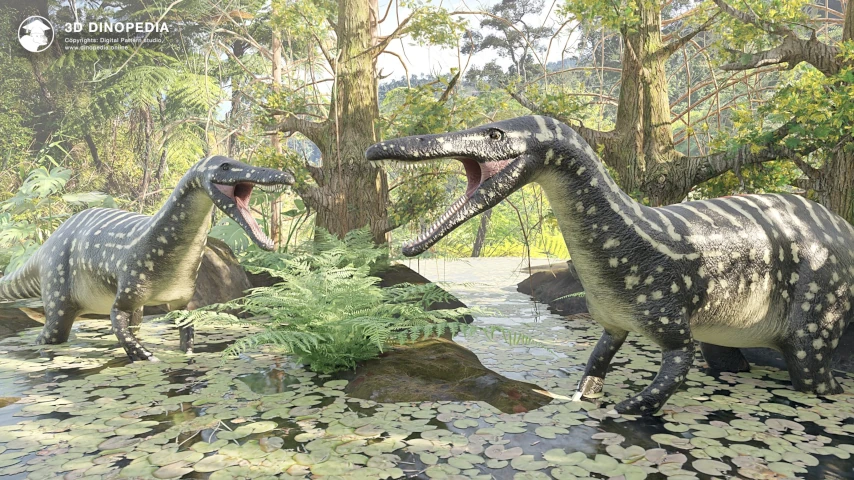
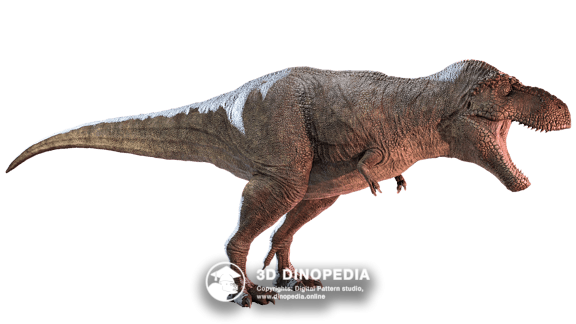

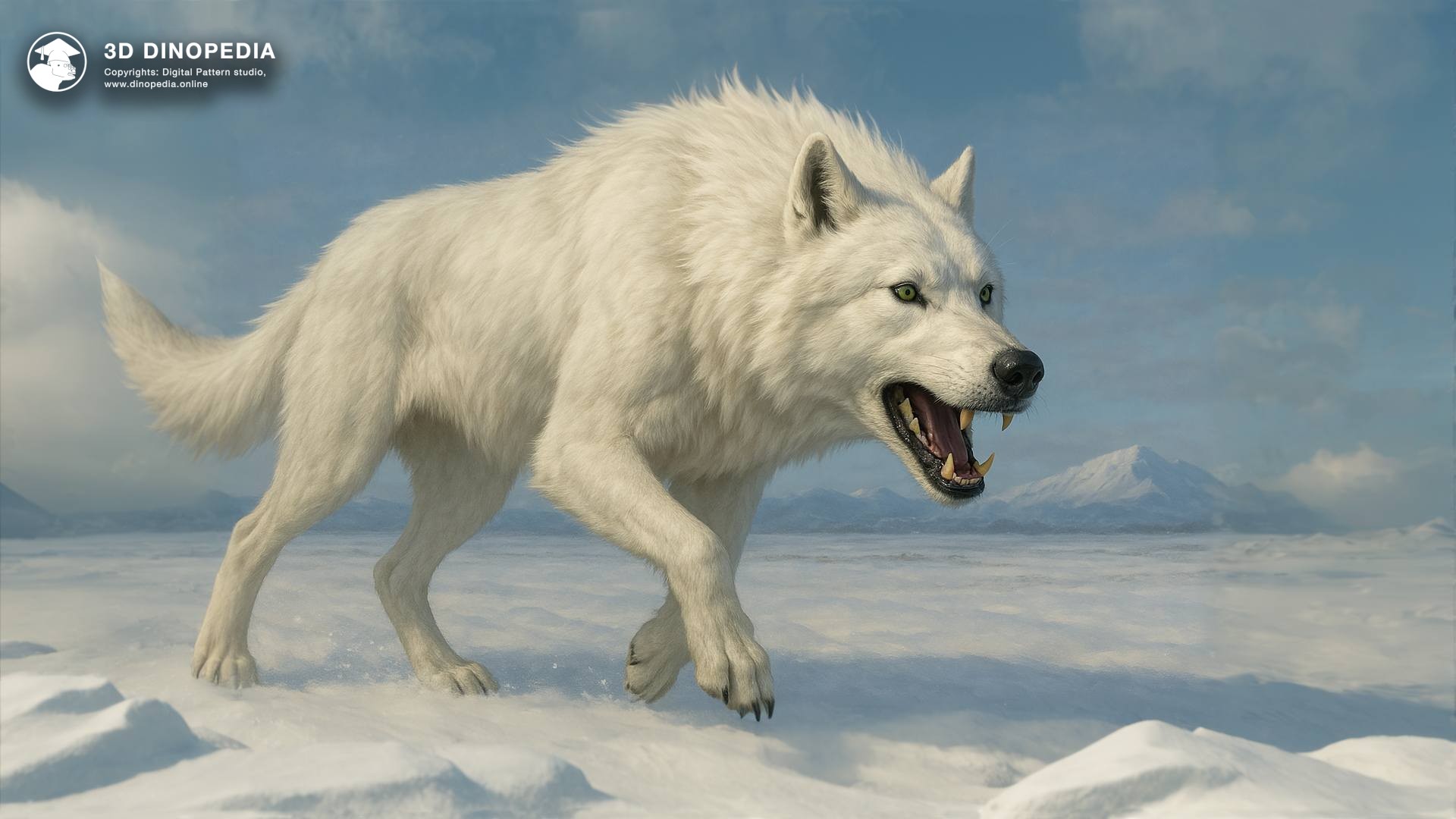
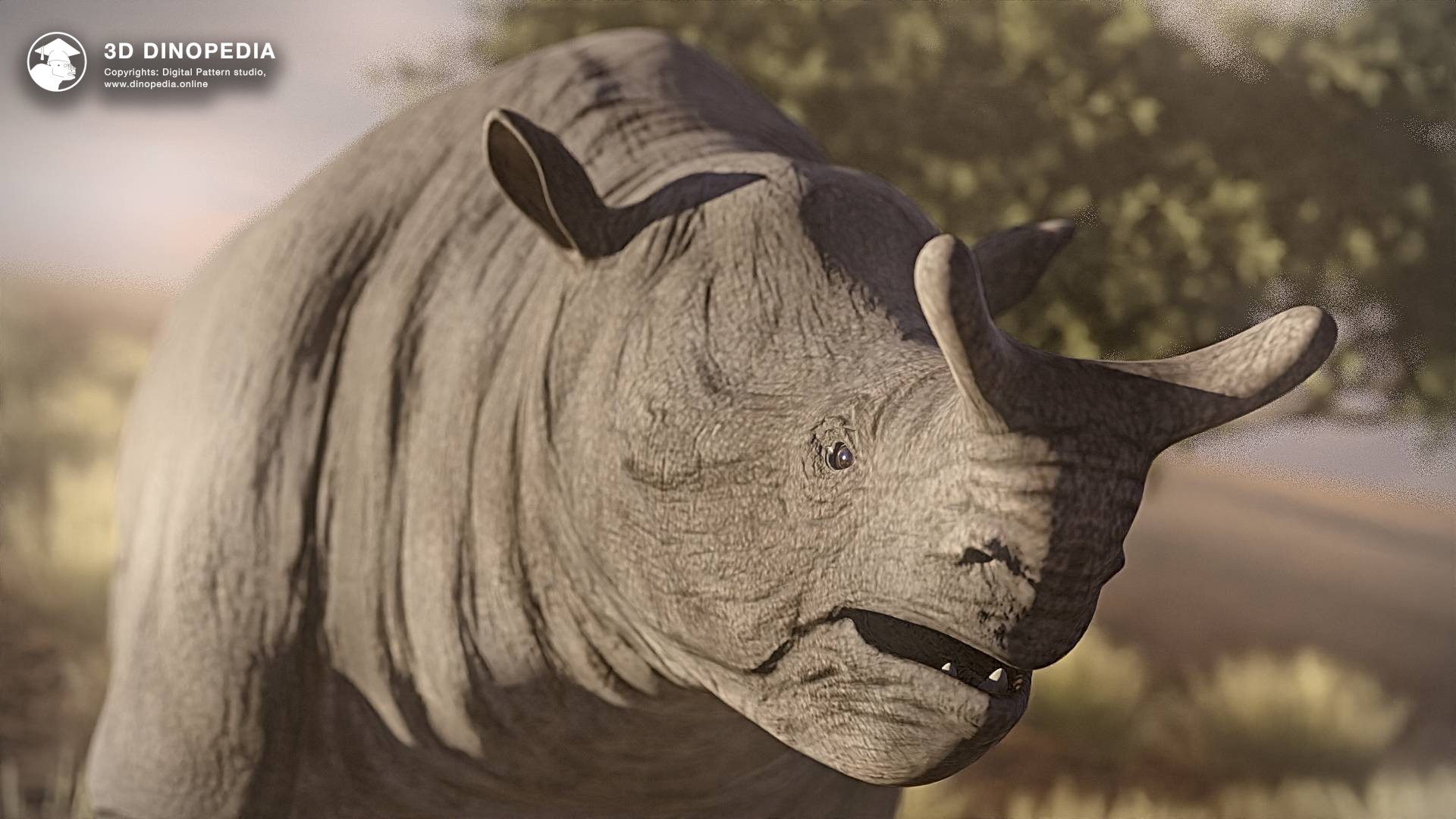
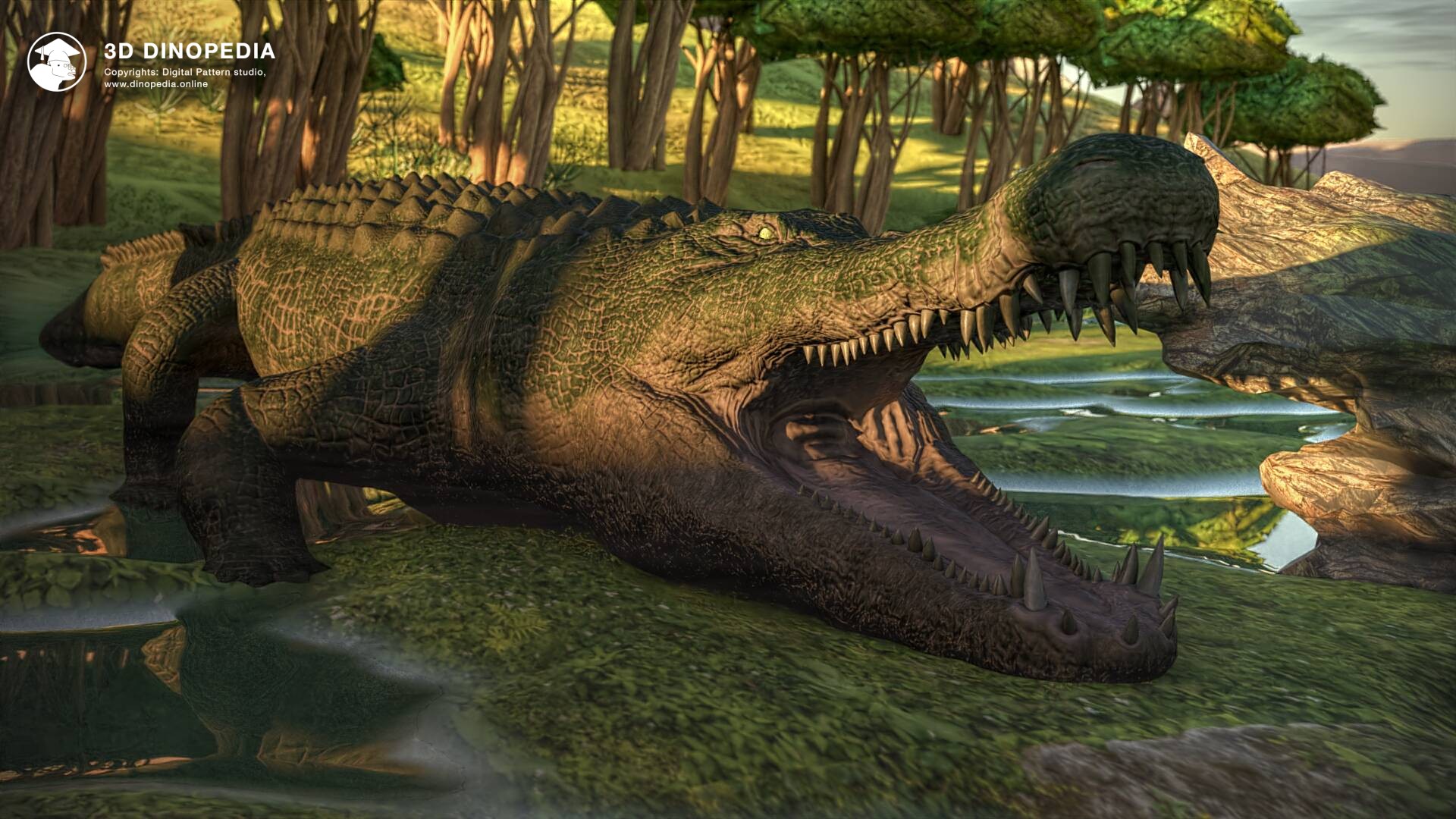

{{ count }} comments
You must login to write a comment